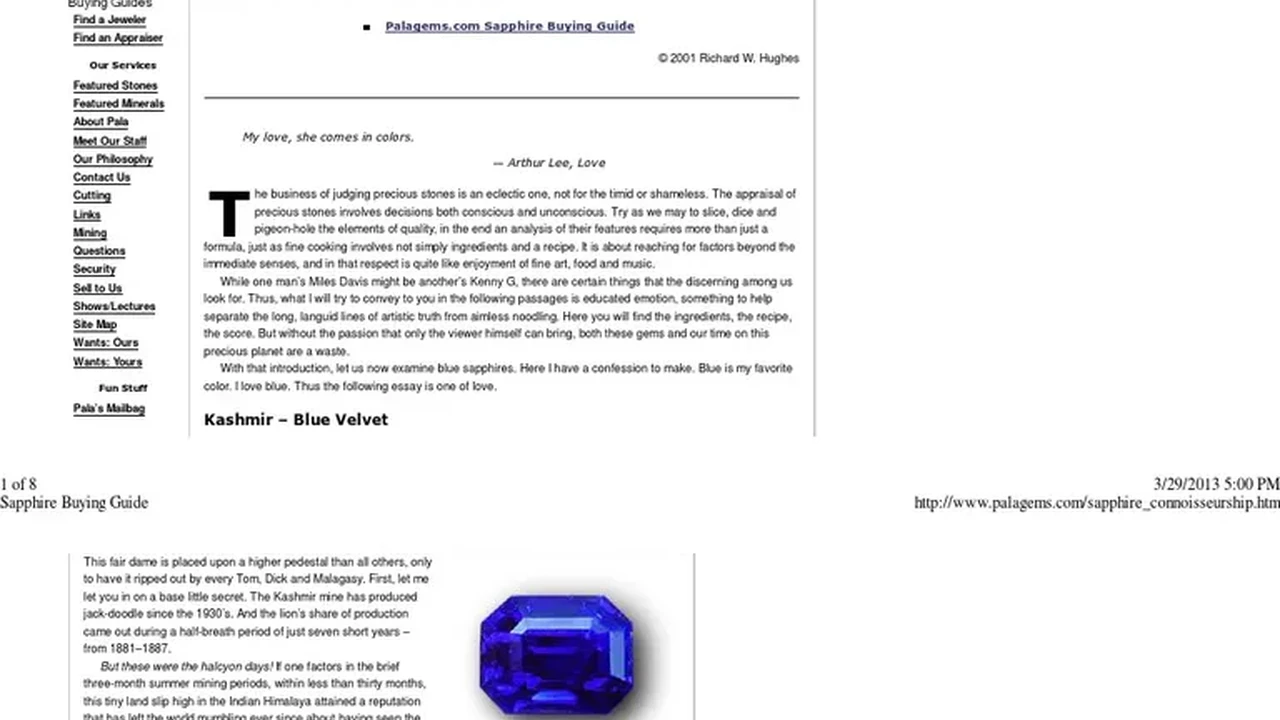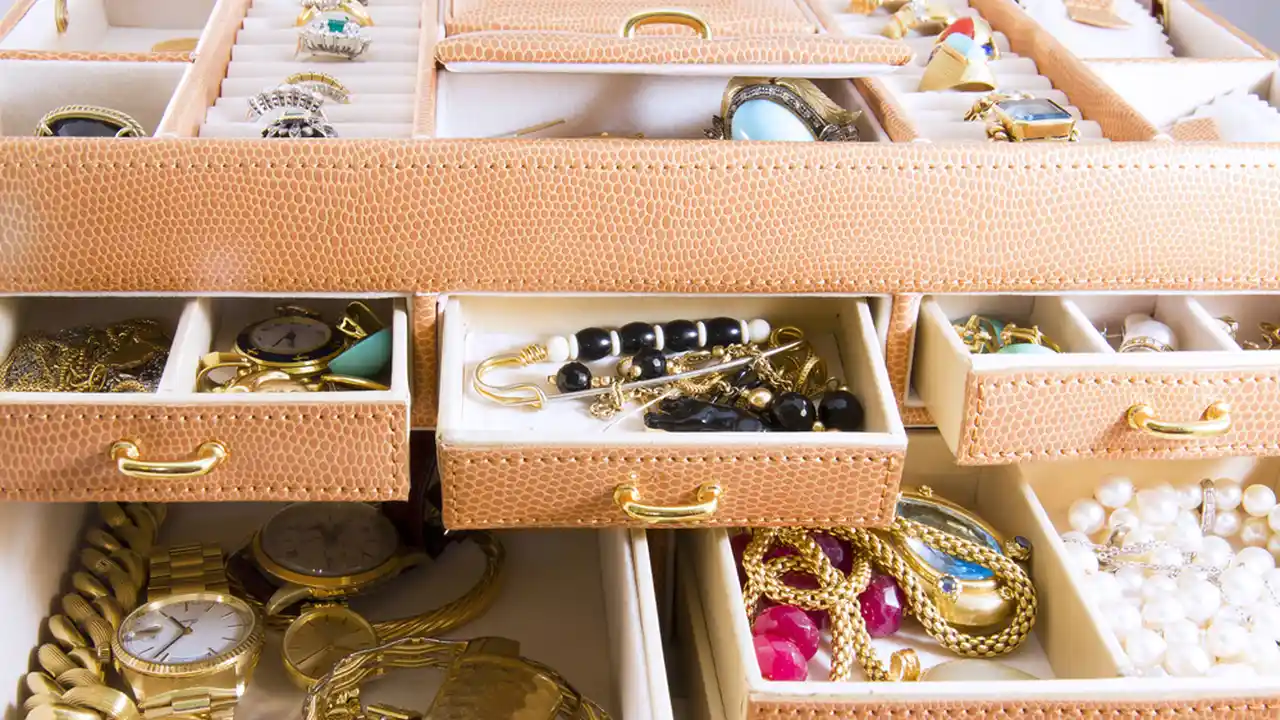Garnets in Antique Jewelry From Victorian to Modern
Explore the history of garnets in antique jewelry Learn about different types, colors, and how to identify genuine garnets.

A Journey Through Time Garnets History in Jewelry
Hey jewelry lovers! Let’s dive into the fascinating world of garnets, those vibrant gems that have been adorning jewelry for centuries. We're not just talking about any garnets; we're focusing on the ones you find nestled in antique and estate jewelry. From the Victorian era to modern times, garnets have played a starring role. Buckle up, because we're about to go on a historical and sparkly adventure!
Garnet Varieties Exploring Different Types and Colors
Did you know that garnet isn't just one stone? It's actually a group of minerals, each with its own unique color and characteristics. Let's take a peek at some of the most popular types you might find in antique jewelry:
- Pyrope: The classic red garnet, often seen in Victorian jewelry. Think deep, fiery red – like a tiny ember captured in a stone.
- Almandine: Another red garnet, but usually with a slightly brownish or purplish tint.
- Spessartine: These are the vibrant orange and reddish-orange garnets, adding a pop of color to any piece.
- Grossular: This variety comes in a wide range of colors, including green (Tsavorite and Hessonite), yellow, and even colorless!
- Andradite: Known for its high dispersion (that fiery sparkle!), Andradite garnets include the rare Demantoid garnet, a vibrant green gem highly prized by collectors.
The color variations are absolutely stunning, making garnets incredibly versatile for jewelry design.
Victorian Era Garnets A Symbol of Mourning and Romance
The Victorian era (1837-1901) was a time of great sentimentality, and jewelry played a significant role in expressing emotions. Garnets were particularly popular, often used in mourning jewelry. The deep red color symbolized grief and remembrance. But don't think it was all doom and gloom! Garnets were also associated with love, passion, and friendship, making them a popular choice for romantic gifts. You'll often find them set in intricate gold or silver designs, sometimes alongside pearls or other gemstones.
Product Recommendation: A Victorian garnet locket. These lockets often feature a compartment for a photograph or a lock of hair, making them incredibly personal and sentimental. You can find beautiful examples on sites like Ruby Lane or 1stDibs. Expect to pay anywhere from $300 to $1500 depending on the quality of the garnet and the intricacy of the design.
Art Nouveau Garnets Organic Designs and Vibrant Hues
Moving into the Art Nouveau period (roughly 1890-1910), jewelry design took a turn towards more organic and flowing forms. Garnets were still popular, but they were often incorporated into designs featuring natural motifs like flowers, vines, and insects. The vibrant colors of spessartine and grossular garnets were particularly favored, adding a touch of whimsy to these artistic creations.
Art Deco Garnets Geometric Shapes and Bold Statements
The Art Deco era (1920s and 1930s) brought a new sense of modernity to jewelry design. Think geometric shapes, bold lines, and a touch of glamour. Garnets were often used as accent stones in Art Deco pieces, providing a pop of color and contrast. You might find them paired with diamonds, onyx, or other gemstones in striking geometric patterns.
Identifying Genuine Antique Garnets What to Look For
So, how can you tell if a garnet in an antique piece is the real deal? Here are a few things to keep in mind:
- Color: Garnets come in a wide range of colors, but the most common are red, orange, and brown. Be wary of stones that are too bright or unnatural looking.
- Clarity: Most garnets have some inclusions (internal flaws), so a perfectly flawless stone might be a cause for suspicion.
- Hardness: Garnets are relatively hard (6.5-7.5 on the Mohs scale), so they shouldn't scratch easily.
- Magnification: Use a jeweler's loupe to examine the stone closely. Look for natural inclusions and avoid stones with obvious signs of being synthetic.
- Setting: The setting itself can be a clue to the age and authenticity of the piece. Look for hallmarks or maker's marks that can help you identify the origin of the jewelry.
Caring for Antique Garnet Jewelry Tips to Keep Them Sparkling
Antique jewelry requires a bit of extra TLC to keep it looking its best. Here are a few tips for caring for your antique garnet pieces:
- Clean gently: Use a soft brush and mild soapy water to clean your garnet jewelry. Avoid harsh chemicals or abrasive cleaners.
- Store properly: Store your garnet jewelry in a separate pouch or box to prevent scratches and damage.
- Avoid extreme temperatures: Garnets can be sensitive to extreme temperatures, so avoid wearing them in very hot or cold environments.
- Get professional cleaning: For valuable or delicate pieces, consider having them professionally cleaned by a jeweler who specializes in antique jewelry.
Garnet Jewelry Today A Timeless Addition to Your Collection
Even though garnets have been around for centuries, they're still a popular choice for jewelry today. Whether you're drawn to the classic red of pyrope garnets or the vibrant orange of spessartine, there's a garnet out there for everyone. They're a great way to add a touch of vintage charm to your modern wardrobe.
Product Recommendation: A garnet and silver pendant. These pendants are a great way to showcase the beauty of garnets without breaking the bank. You can find lovely examples on Etsy or Novica for around $50 to $200.
Garnet vs Ruby Understanding the Differences
Many people confuse garnets with rubies, especially the red pyrope and almandine varieties. While both are red gemstones, there are some key differences:
- Hardness: Rubies are harder than garnets (9 on the Mohs scale vs. 6.5-7.5 for garnets).
- Luster: Rubies tend to have a more brilliant luster than garnets.
- Price: Rubies are generally more expensive than garnets, especially high-quality rubies.
- Color: While both come in red, rubies tend to have a more intense and vibrant red color, while garnets can have brownish or purplish undertones.
Product Comparison: Let's say you're looking for a red gemstone ring. A garnet ring in silver might cost you around $100-$300, while a similar ruby ring in silver could easily be $500 or more. If you're on a budget, a garnet ring is a beautiful and affordable alternative to a ruby.
Southeast Asian Garnets Cultural Significance and Unique Styles
While garnets are found and used in jewelry all over the world, Southeast Asia has its own unique traditions and styles. In some cultures, garnets are believed to have protective properties and are often worn as amulets. You might find garnets incorporated into traditional jewelry designs featuring intricate metalwork and symbolic motifs. Look for pieces from Thailand, Vietnam, and Indonesia for unique and beautiful examples.
Product Recommendation: A Thai silver and garnet bracelet. These bracelets often feature intricate designs and are believed to bring good luck. You can find beautiful examples on sites like eBay or specialized Southeast Asian art and jewelry retailers. Expect to pay anywhere from $100 to $500 depending on the silver content and the quality of the garnets.
:max_bytes(150000):strip_icc()/277019-baked-pork-chops-with-cream-of-mushroom-soup-DDMFS-beauty-4x3-BG-7505-5762b731cf30447d9cbbbbbf387beafa.jpg)





